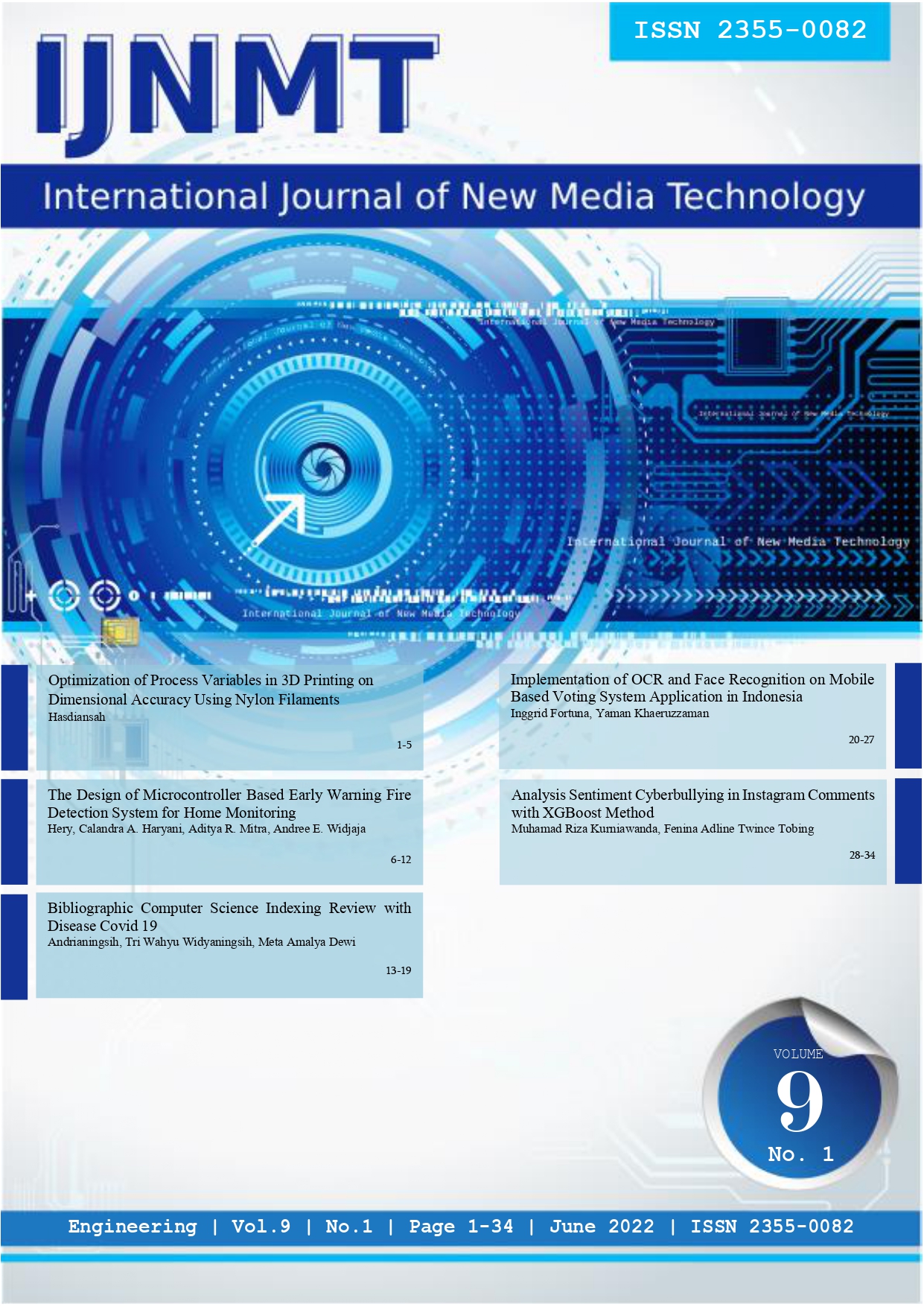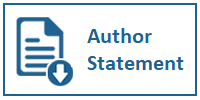Analysis Sentiment Cyberbullying In Instagram Comments with XGBoost Method
DOI:
https://doi.org/10.31937/ijnmt.v9i1.2670Abstract
Technological developments make social media widely used by the general public, which causes negative impacts, one of which is cyberbullying. Cyberbullying is an act of insulting, humiliating another person on social media. A system that can detect cyberbullying because of the large amount of information circulating on social media is impossible for humans to visit. One suitable method to solve this problem is Extereme Gradient Boosting (XGBoost). XGBoost was chosen because it can run 10 times faster than other Gradient Boosting methods. The process of changing sentences into vectors uses the TF-IDF method. The TF/IDF method is known as a simple but relevant algorithm in doing words on a document. XGBoost accepts input in the form of vectors obtained from the TF-IDF process. In this research, there are 1452 comments which will be broken down into training data and testing data. By using XGBoost and TF-IDF methods, the accuracy is 75.20%, precision is 71%, recall is 87%, and F1-score is 78%.
Downloads
Downloads
Published
How to Cite
Issue
Section
License
Authors retain copyright and grant the journal right of first publication with the work simultaneously licensed under a Creative Commons Attribution-ShareAlike International License (CC-BY-SA 4.0) that allows others to share the work with an acknowledgement of the work's authorship and initial publication in this journal.
Authors are able to enter into separate, additional contractual arrangements for the non-exclusive distribution of the journal's published version of the work (e.g., post it to an institutional repository or publish it in a book), with an acknowledgement of its initial publication in this journal.
Copyright without Restrictions
The journal allows the author(s) to hold the copyright without restrictions and will retain publishing rights without restrictions.
The submitted papers are assumed to contain no proprietary material unprotected by patent or patent application; responsibility for technical content and for protection of proprietary material rests solely with the author(s) and their organizations and is not the responsibility of the IJNMT or its Editorial Staff. The main (first/corresponding) author is responsible for ensuring that the article has been seen and approved by all the other authors. It is the responsibility of the author to obtain all necessary copyright release permissions for the use of any copyrighted materials in the manuscript prior to the submission.















